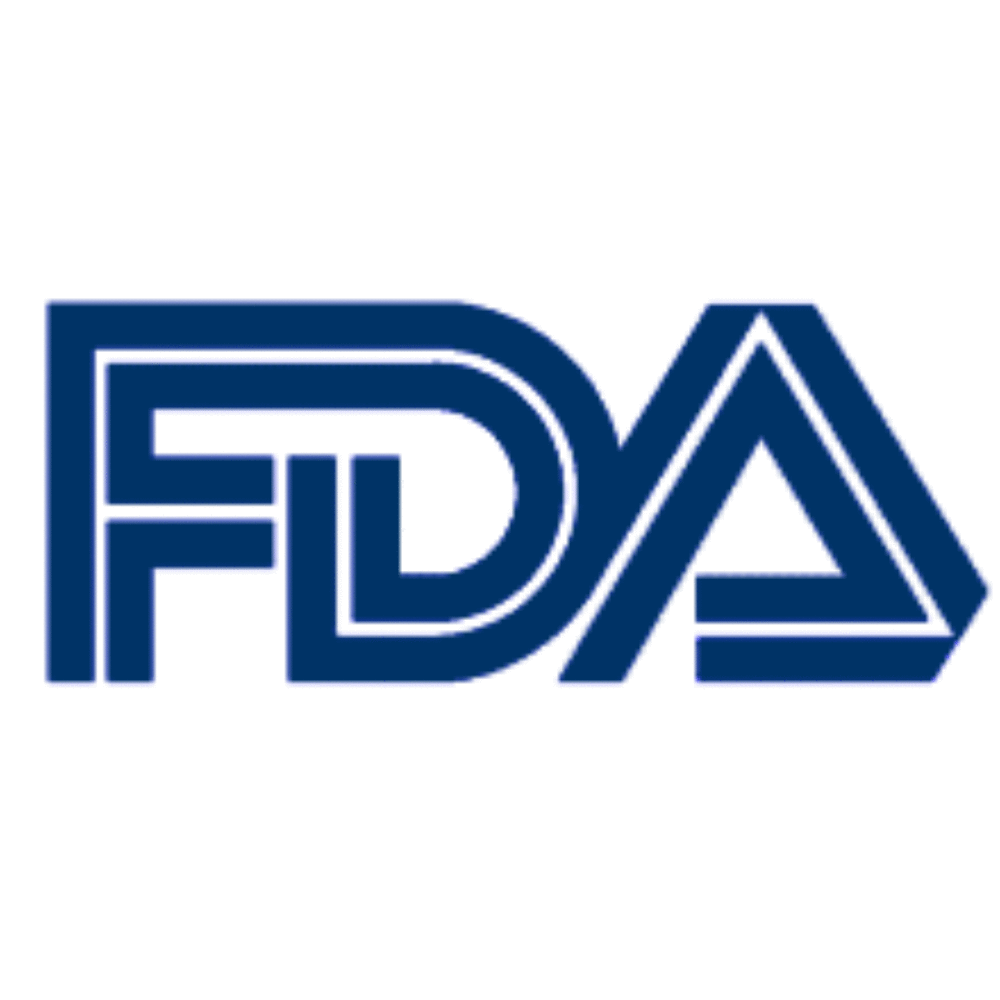FDA Panel: Studies Needed For Food Dye Side Effects, But No Warnings

A panel of experts is recommending that the FDA urge that more studies be conducted on the potential side effects of food dye, but decided against recommending new label warnings that indicate the dyes may cause children to suffer hyperactivity.
Last week, the FDA’s Food Advisory Committee met to discuss the issue of certified color additives and childhood hyperactivity, as some consumer advocates petitioned the government for a food dye ban. Such links have been suggested since the 1970s, and have been debated by the food industry and critics since that time with no clear-cut answers.
The panel was asked to examine studies and current FDA data on the matter to determine who is likely right, who is likely wrong and what, exactly, the FDA should do regarding children’s exposure to food dyes, if anything. The panel also took testimony from food industry experts, consumer advocates and scientists.

Did You Know?
Millions of Philips CPAP Machines Recalled
Philips DreamStation, CPAP and BiPAP machines sold in recent years may pose a risk of cancer, lung damage and other injuries.
Learn MoreThe panel determined that there is not enough evidence to link food dyes with Attention Deficit and Hyperactivity Disorder (ADHD) in children, and voted 8-6 not to require new label warnings for foods that use the dyes. The panel did suggest that more studies need to be conducted, however. Although the determinations of the panel is non-binding and the FDA is not required to act on the panel’s decisions, the agency’s final actions are usually heavily influence the recommendations of advisory panels.
The Food Advisory Committee meeting took place on Wednesday and Thursday in Silver Spring, Maryland, and came at the urging of the Centre for Science in the Public Interest (CSPI), which wants the FDA to ban blue, green, orange, red and yellow food dyes.
CSPI believes that the dyes contribute to childhood hyperactivity. Those beliefs were bolstered by a 2007 study by the U.K.’s Food Standards Agency, which found that some children who were given juice with food dyes were more hyperactive afterwards when compared to children who were given juice that contained no dyes.
Other European researchers reviewed the data and determined that the study found no causal link between the side effects of food dyes and hyperactivity. Currently, EU food regulations require labeling if a food contains one or more of six specific dyes that warns consumers that the dyes may affect a child’s activity and ability to pay attention.
Other studies have suggested that the dyes exacerbate already present attention problems, such as Attention Deficit and Hyperactivity Disorder (ADHD). FDA officials have said that they do believe this may be the case in a small group of children, and now the agency must determine whether further regulation is needed.
Currently the FDA only requires that certified color additives be listed on food packaging as ingredients. CSPI petitioned the FDA to ban food dye (pdf) in 2008.
Get more articles like this sent directly to your inbox.
"*" indicates required fields
2 Comments





Mr MichaelApril 12, 2011 at 4:52 am
I work with elementary kids. Whenever we have a problem with kids at school.... hyper this or can't focus that....The first thing we do is have the parents stop ALL food coloring, especially RED 3 and RED 40. NO RED ANYTHING, and have the parents stop all refined sugars and corn syrups. In 95+ % of the cases the kids settle down in about a month. Consider refining your child’s diet for a month bef[Show More]I work with elementary kids. Whenever we have a problem with kids at school.... hyper this or can't focus that....The first thing we do is have the parents stop ALL food coloring, especially RED 3 and RED 40. NO RED ANYTHING, and have the parents stop all refined sugars and corn syrups. In 95+ % of the cases the kids settle down in about a month. Consider refining your child’s diet for a month before you place them on a drug.
VickiApril 5, 2011 at 11:56 am
I always noticed that when my child ate something like a fruit rollup or ate something with color, especially purple he would bounce off the walls. After cancer treatment, I radically changed my diet and do not eat anything with colors and flavorings, essentially adopting an organic diet. The immediate result was clarity of thought, my seasonal allergies disappeared, no sinus infections for the [Show More]I always noticed that when my child ate something like a fruit rollup or ate something with color, especially purple he would bounce off the walls. After cancer treatment, I radically changed my diet and do not eat anything with colors and flavorings, essentially adopting an organic diet. The immediate result was clarity of thought, my seasonal allergies disappeared, no sinus infections for the past 5 years, and no headaches. The FDA needs to remember that their responsibility is to protect the people and not the corporations.